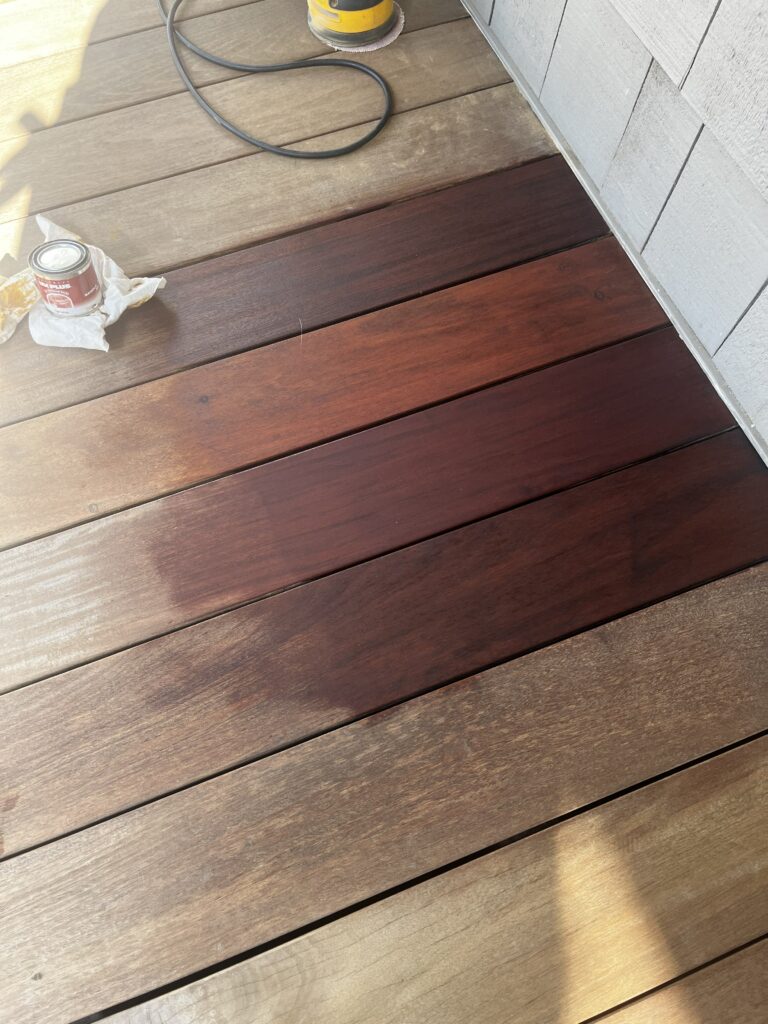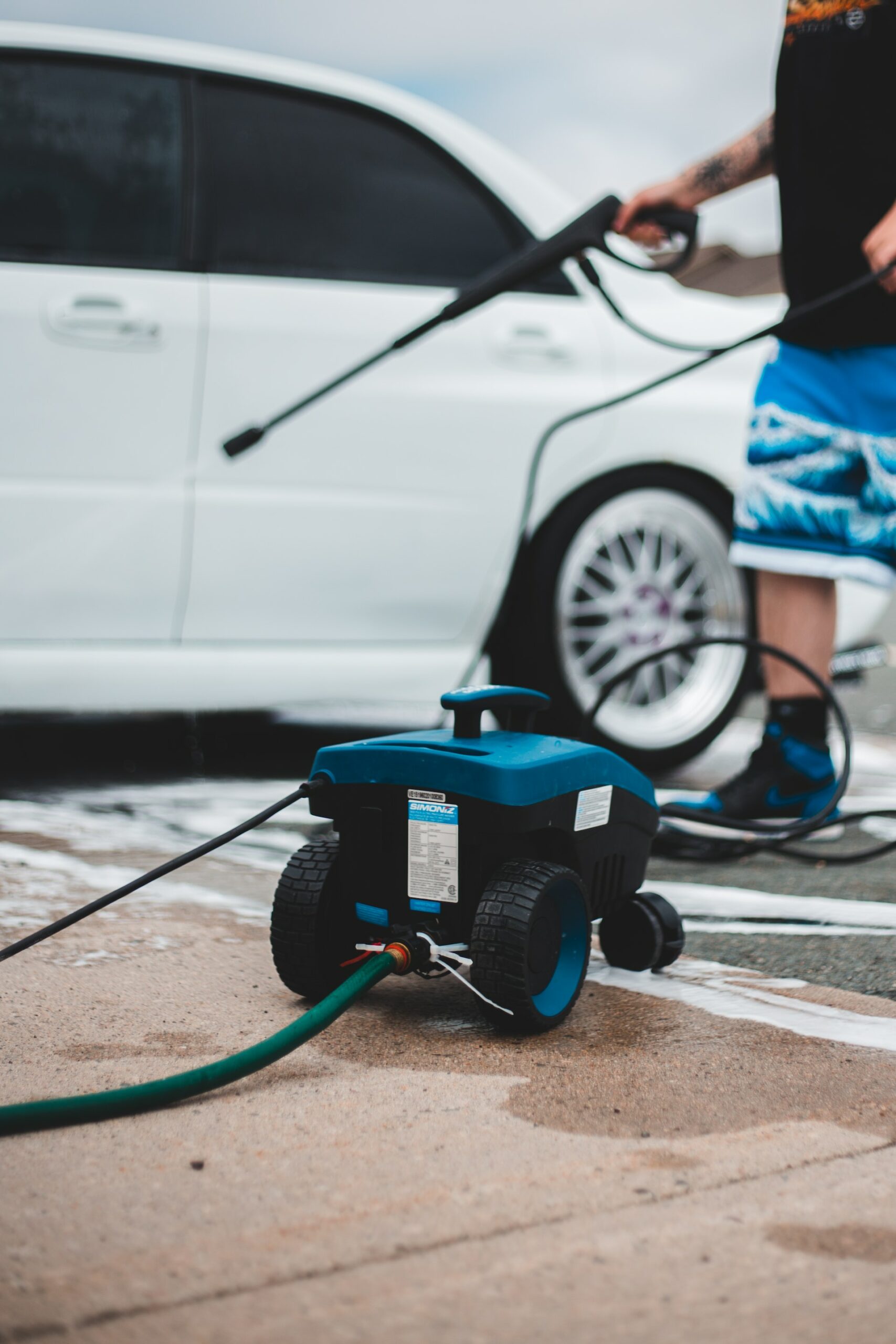When you’re looking to spice up a room, a common way is to give it a fresh paint job. A new color can bring a room back to life and give you the opportunity to change up the look and feel of everything inside. That same revitalization can be achieved outside on your deck with stains.
A fresh stain on an older wood deck can make it stand out, lifting everything in the backyard up with it. But staining is not as easy as going to the store, buying any stain, and going to town though. Different wood finishes have different characteristics, so it’s important to choose the right one for the job. While we can’t make you a staining expert in a 5-minute read, we can arm you with the terminology and information you need to get started.
Oil
Characteristics
- Embeds itself in the wood and provides protection from inside
- Lasts roughly a year
- Weather-resistant to all climates
- Cost-effective
- Requires raw wood for stain to be absorbed
- Fades away as it ages
As its name implies, oil stains are oil-based. If you think about wood stains, oil is the one you’re most likely to think of first. Widely available, it offers an inexpensive alternative to water-based stains. Oil stains work by soaking into the wood as opposed to resting on top of it. As such, it is great at protecting the original look and texture of the wood since it doesn’t cover up any of the graininess.
This does come with the caveat that oil-based stains are not great at protecting the wood against damage. They are also lackluster when it comes to covering up any imperfections in the wood. The biggest drawback, however, is the lifespan. Only lasting about a year, you’ll need to replace the stain annually if the wood isn’t further treated or sealed. While it might take extra commitment to upkeep, this short lifespan gives you the opportunity to mix it up every year with different stains in case you didn’t like the first one or wanted a fresh look.
Acrylic
Characteristic
- Lays on top of the wood, providing a protective layer from the elements
- Lasts up to five years
- Ideal for humid climates
- Can be cleaned using water
- Chips when aging
Acrylic stains are the antithesis of oil in some ways. Being water-based, they do not seep into the wood the same way oil does. Instead, it lies on top of the wood, offering a protective blanket for the wood. Unfortunately, this does mean that it doesn’t keep as much of the wood’s natural charm. But, it’s better at covering any damaged spots to compensate.
Acrylic stain lasts up to five years which is significantly longer than oil, but it does cost more as a result. However, as acrylic ages, it starts to chip away, leaving unattractive chipping across the surface. Be sure to pressure wash the acrylic off before reapplying a new coat when it’s time.
Gel
Characteristics
- Lays on top of the wood similar to acrylic
- Lasts up to five years
- Usable in any environment
- Easily applicable
- Unsuited for decks with lots of small corners
- Good at covering imperfections
If this is your first experience staining, a gel-based stain may be the pick for you. Out of all staining techniques, it’s one of the easiest to handle. It can be applied using just a simple cloth or a roller as opposed to a sprayer. Like acrylic, it’s water-based and rests atop the wood, offering great protection that lasts 3-5 years depending on your environment.
While it does an amazing job concealing imperfections, it will also cover plenty of the wood’s natural qualities, leaving a smooth, uniform surface. Unfortunately due to the viscosity of the gel, tight corners can be difficult to get looking smooth. Luckily gel takes roughly 72 hours to fully dry, so you have plenty of time for touch ups. With that in mind, be sure to account for the drying time and keep anything – and anyone – from touching the stain.
We only covered the three most prevalent choices, but these are by no means the only ones. There are as many staining options as there are deck and wood types. The most important part of staining is determining which type works best for your deck and your lifestyle. If you find that none of these suit you, reach out to us if you have any questions. It may seem like a lot of work, but there’s nothing quite as nice as enjoying the fresh look of a newly stained deck.


